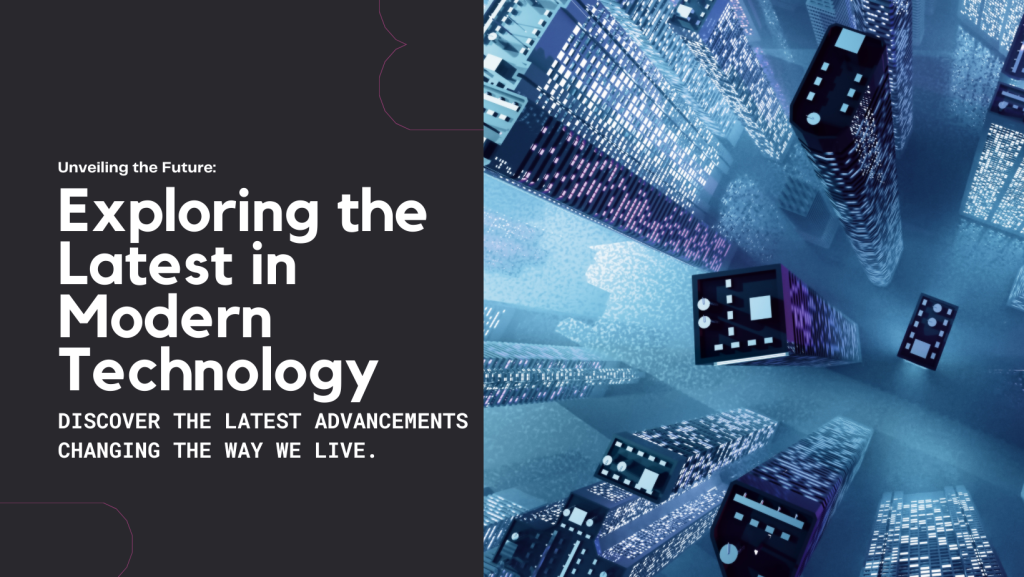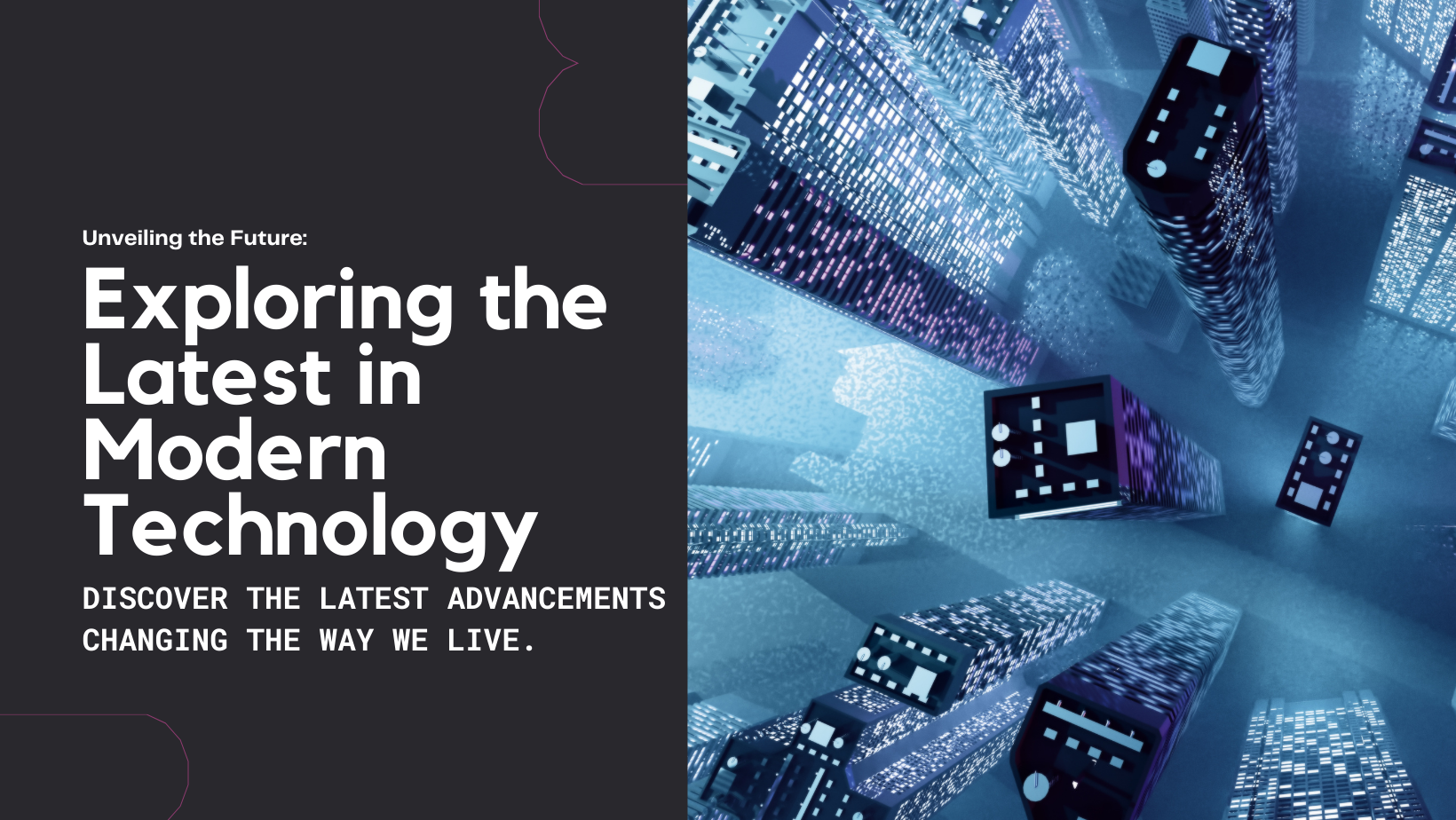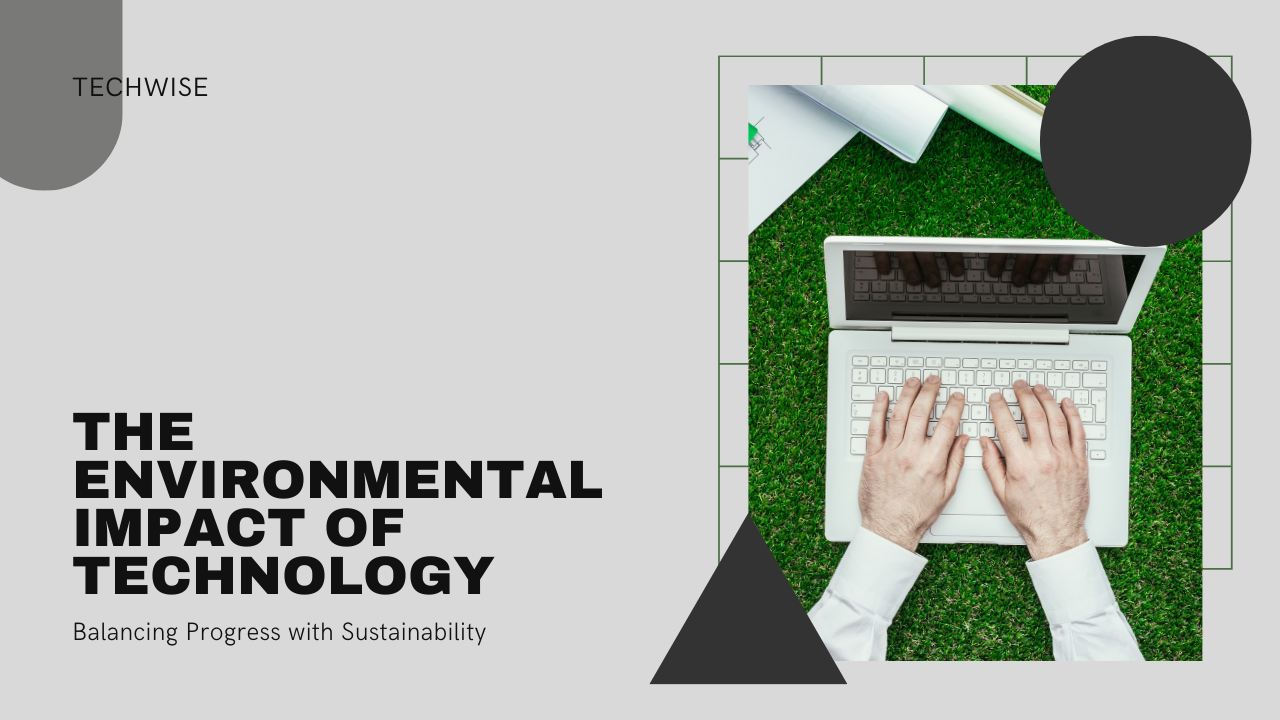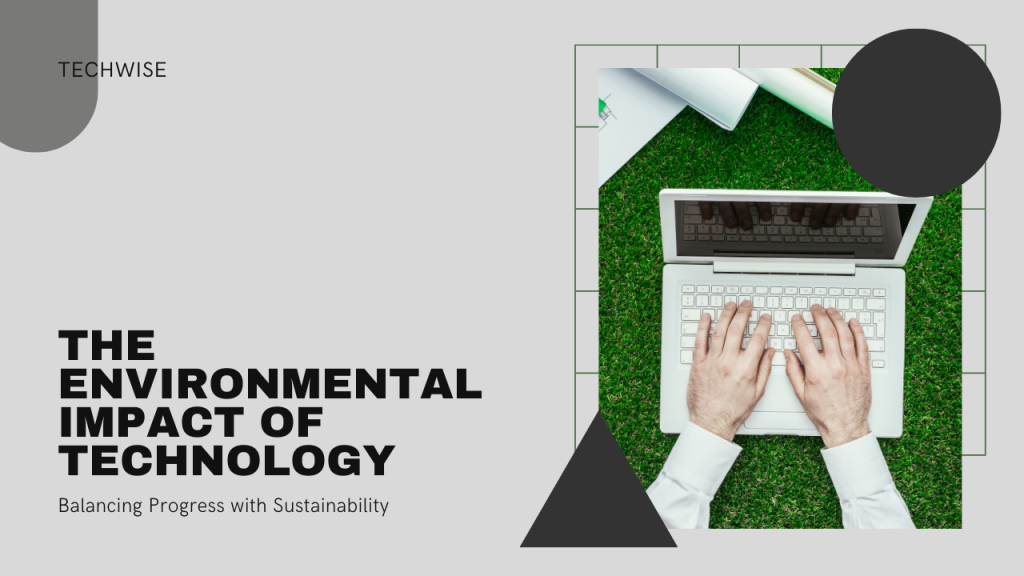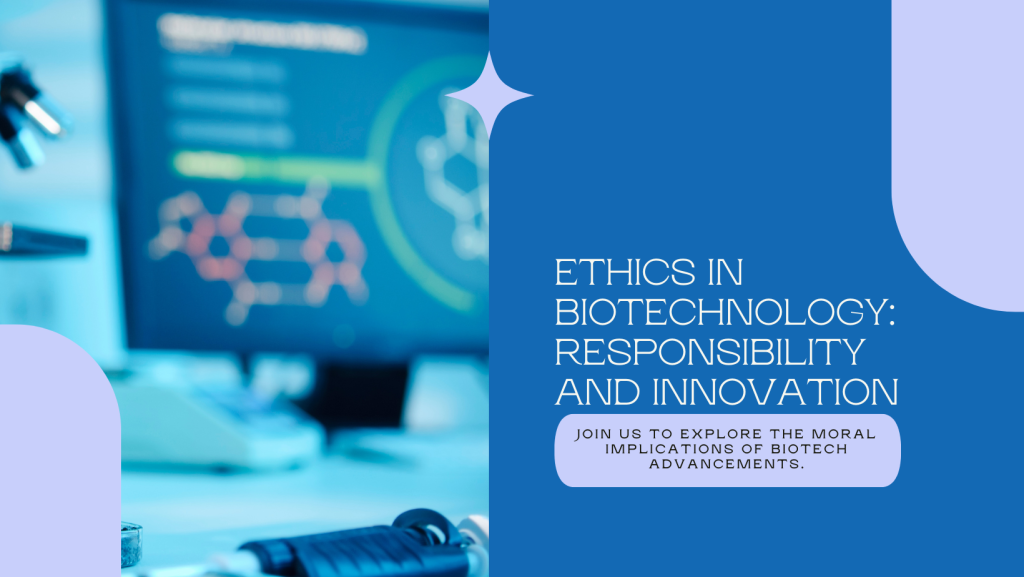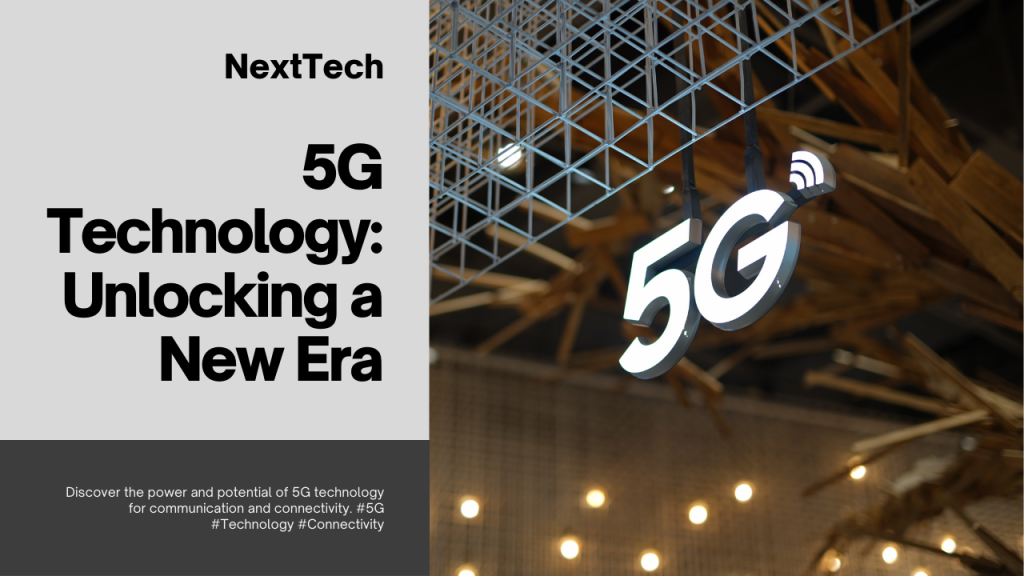In the ever-evolving landscape of technological innovation, the quest for the next frontier drives relentless exploration and discovery. From artificial intelligence to renewable energy solutions, modern technology continues to push the boundaries of what is possible, unveiling a plethora of advancements and breakthroughs that promise to reshape our world.
At the forefront of this relentless pursuit are artificial intelligence (AI) and machine learning (ML), which have transcended from mere buzzwords to transformative tools across various industries. AI-driven algorithms enable machines to learn from data, recognize patterns, and make intelligent decisions, revolutionizing sectors such as healthcare, finance, and transportation. From predictive analytics to personalized recommendations, the applications of AI and ML are boundless, unlocking new realms of efficiency, productivity, and innovation.
Moreover, renewable energy solutions are emerging as a cornerstone of sustainable development, offering viable alternatives to traditional fossil fuels. Breakthroughs in solar, wind, and battery technologies are driving down costs and expanding the reach of clean energy sources, paving the way for a future powered by renewables. With advancements in energy storage and grid integration, renewable energy is becoming increasingly reliable and accessible, mitigating the environmental impact of energy production and consumption.
Furthermore, biotechnology is revolutionizing healthcare and agriculture, with groundbreaking discoveries unlocking new treatments, therapies, and crop varieties. From gene editing and synthetic biology to precision medicine and vertical farming, biotechnological innovations hold the promise of addressing some of the most pressing challenges facing humanity, including disease, hunger, and climate change.
As we embark on this journey into the next frontier of technological innovation, collaboration and interdisciplinary approaches will be key to unlocking its full potential. By harnessing the power of AI, embracing renewable energy solutions, and leveraging biotechnological advancements, we can create a more sustainable, equitable, and prosperous future for generations to come.
In conclusion, the unveiling of modern technology’s latest innovations and breakthroughs marks the dawn of a new era in human progress, where the boundaries of possibility are continually pushed and redefined. As we navigate this uncharted territory, the opportunities for positive transformation are limitless, offering hope and inspiration for a brighter tomorrow.
